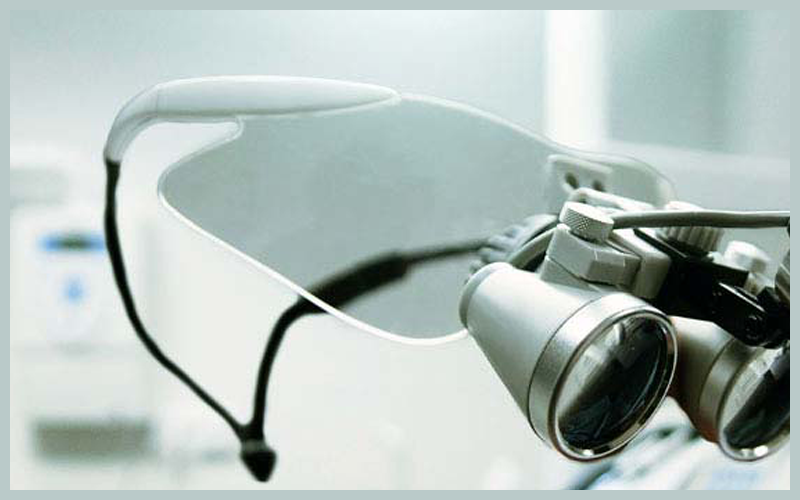Vision Screening Results : Fall 2013
Total Number of Chilren Screened: 2220
September 5th, 2013 Monterey Highland 456 Children Screened
September 12nd, 2013 Ynez 436 Children Screened
September 19th, 2013 Brightwood 447 Children Screened
September 26th , 2013 Repetto 419 Children Screened
October 3rd, 2013 Hillcrest 229 Children Screened
October 3rd, 2013 Monterey Vista 233 Children Screened
Results:
16.25% of children failed the vision screening.
Subjective Assessment:
Numerous children were borderline passing. Children that squints during a visual acuity test may artificially pass a vision screening. Also, severely scratched lenses and dirty lenses may artificially cause a child to fail the vision screening test.
Far-sighted children that pass the vision screening may still have problems with near/reading vision that might affect learning. These children are able to accommodate and see well at distance but may have visual issues with focusing for reading, writing, computers, homework, etc. Reading glasses may benefit these kids and a professional eye exam may be indicated.
Approximately less than 10% of Ortho-Keratology(Overnight Myopia Control) failed their vision screening. This indicated that 90% or more passed their vision screening and may indicate a slow down in the progression of nearsightedness. Published scientific studies has shown that Ortho-K lenses may help slow down the progression of myopia in children.
Myopic children are easier to detect because most vision charts are designed for distance whereas near vision test is quite often neglected which affects more hyperopic children.
Conclusion:
Approximately 1 in 5 children failed their school vision screening.
Vision screening programs are intended to help identify children with eye or vision problems that threaten sight or impair their ability to develop and learn normally. However, vision screenings are a limited process and cannot be used to diagnose an eye or vision problem, but rather to indicate a potential need for further evaluation.



